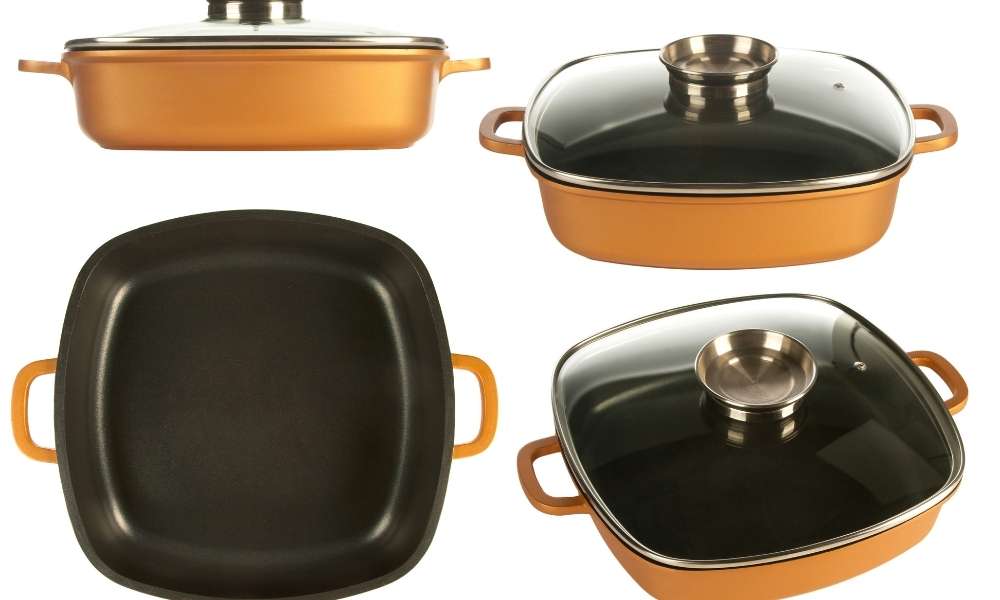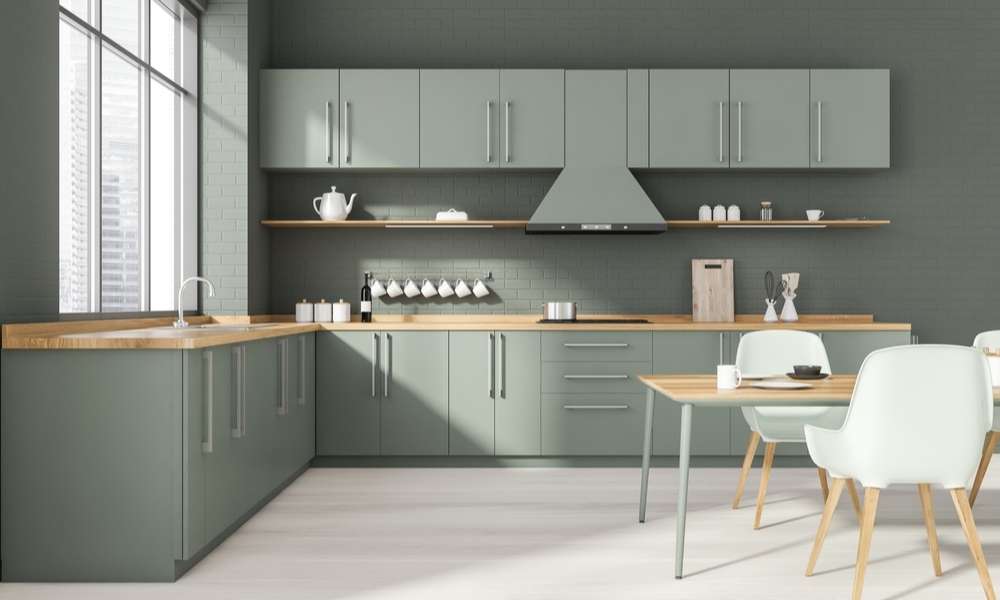Clean Anodized Cookware is a popular choice for those who want an easy way to keep their cookware looking new. Unlike other types of cookware, anodized aluminum doesn’t rust and is resistant to oils and food stains. Simply hand-wash the cookware with warm, soapy water and a mild dish soap; rinse it off and dry it off completely. Do not use harsh detergents or abrasives. Avoid using metal scouring pads, as they can scratch the surface of the cookware. Finally, apply a light layer of cooking oil or butter to the pan before use.
What Is Anodized Cookware?
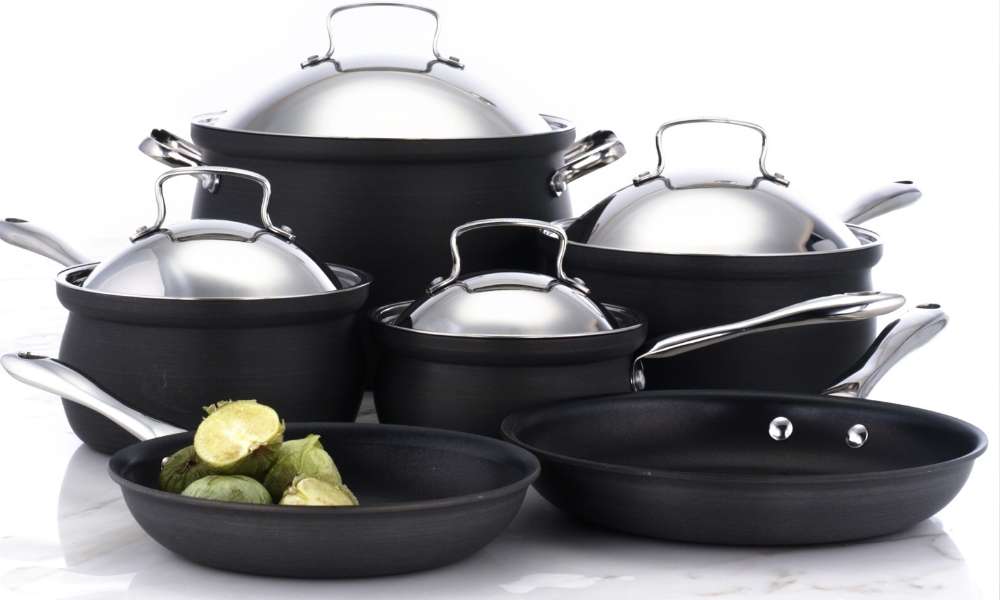
Anodized cookware is a type of cookware that has been treated with an electrochemical process that creates a hard, thin layer of oxide on the surface. This layer makes the cookware non-stick and prevents it from discoloring.
Why is Anodized Cookware Popular?
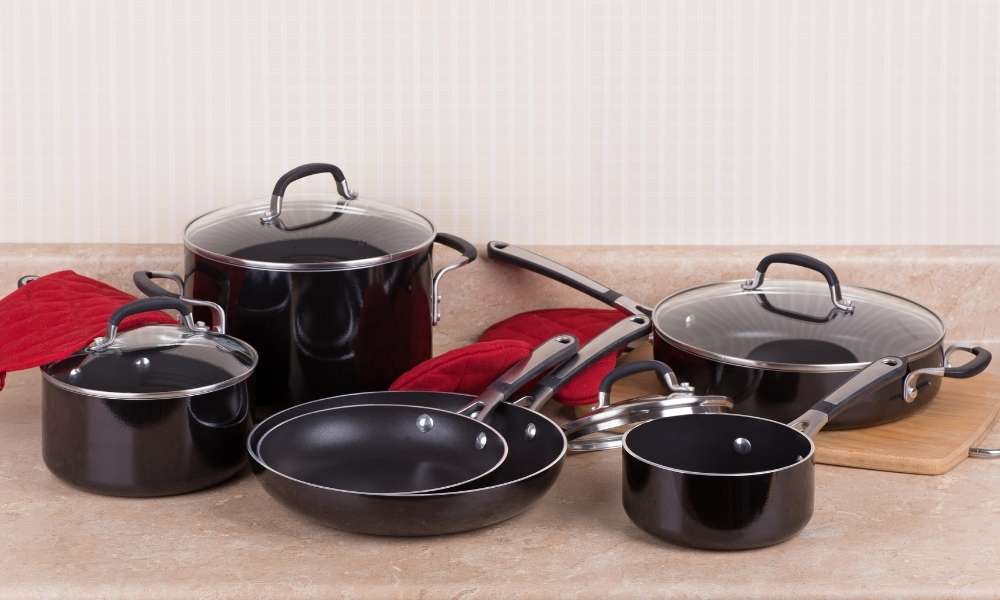
Anodized cookware is a popular choice because it is non-toxic, durable, and easy to clean. The aluminum oxide coating protects the food from sticking and makes it easier to clean. The anodized finish also prevents corrosion.
Why Does Hard Anodized Cookware Get Dirty?
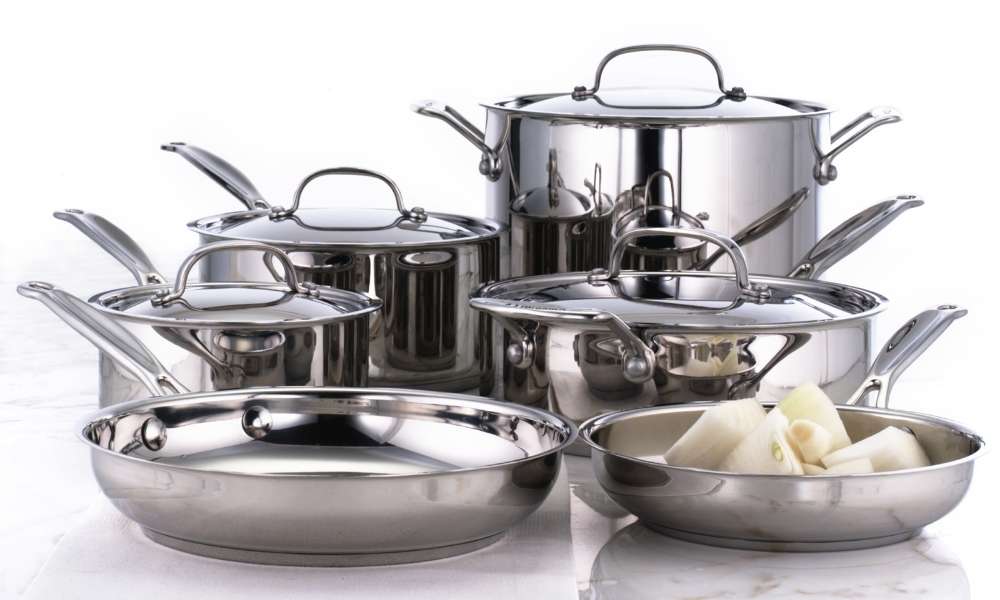
Hard anodized cookware is popular because it is non-toxic and looks great. However, it can get dirty easily. The hard surface is abrasive, and food particles and oils stick to it. When you cook with hard anodized cookware, the heat transfers quickly from the pan to the food, making it easy for bacteria to grow. Hard anodized cookware also has a high temperature limit, so even if you clean it regularly, there’s a chance that food residues will build up over time and cause problems.
The Importance of Cleaning Anodized Cookware

Anodized cookware is one of the latest trends in kitchenware. It’s a surface treatment that makes cookware non-stick, resistant to corrosion and tarnish, and easy to clean. Here are 5 reasons why you should clean an anodized pan:
- It preserves the anodized coating. Over time, cooking oils and foods can build up on the pan’s surface, eventually damaging or peeling off the anodized finish. By cleaning your pan regularly, you can help keep the coating intact and looking new.
- It prevents food from sticking to the pan. If food does stick to the pan, it will create difficult-to-remove residues that can lead to build-up and corrosion over time. By wiping down your pan after every use, you can avoid this problem altogether.
- It helps prevent rusting.
Tips For Cleaning Anodized Cookware
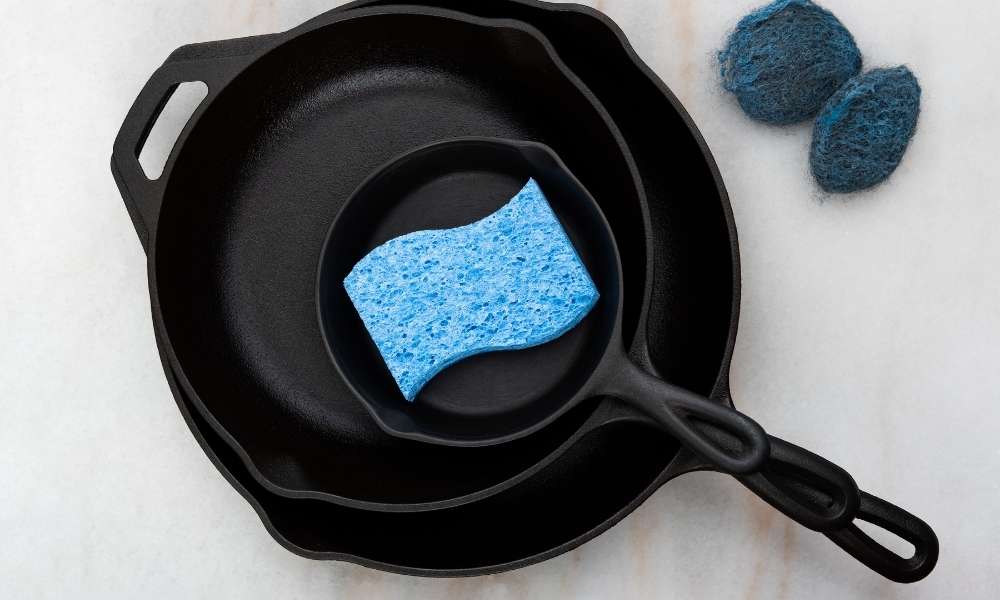
Anodized aluminum cookware is a type of cookware that has been treated with a protective layer of aluminum oxide. The oxide forms a hard, durable surface that prevents food from sticking to the pan.
Some tips for cleaning anodized aluminum cookware include:
- Wash the pan with hot soapy water and a mild abrasive cleanser.
- Rinse the pan with cold water and dry it thoroughly.
- Apply a light coat of oil to the pan before using it.
- If the pan becomes scratched or damaged, it can be replaced with an anodized aluminum replacement part.
7 Best Ways
1. Use a Salt Scrub
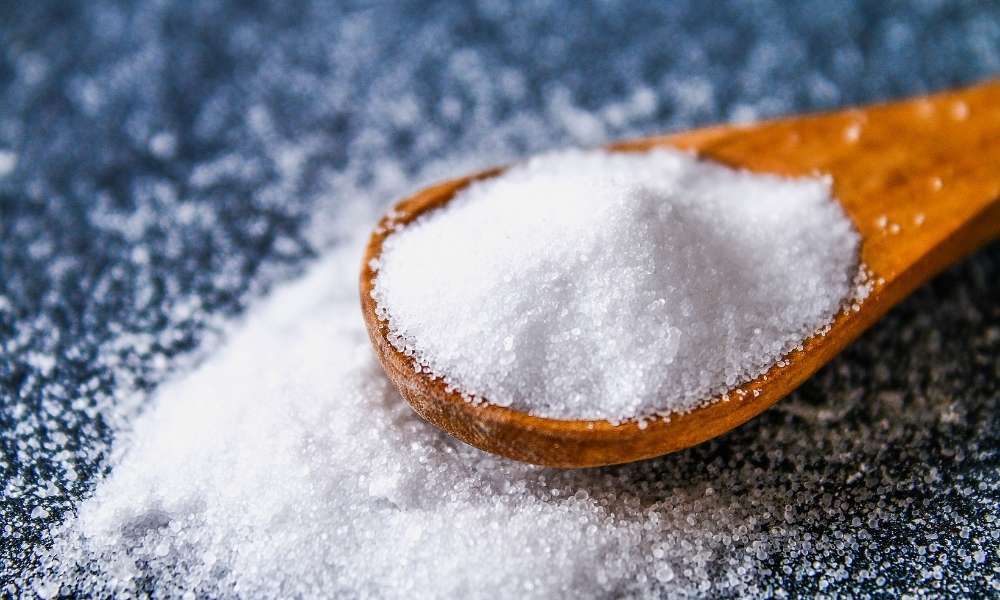
Salt is a natural abrasive that can be used to clean anodized cookware. All you need is a little salt and some water. Start by soaking your cookware in the salt water solution for 10 minutes. Then use a scrub brush to scrub the solution off of the cookware. Be sure to use gentle strokes, as too much force may damage the anodized coating. After cleaning, rinse the cookware with fresh water and dry it off.
2. Use Baking Soda
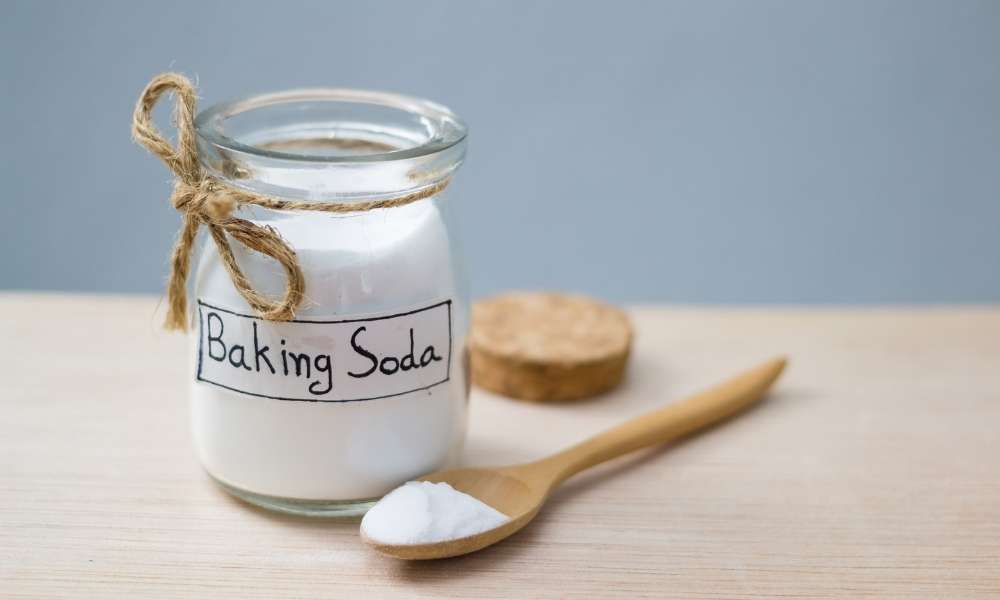
Anodized aluminum cookware is a great choice for people who want to keep their cookware clean and shiny. But even an anodized pan can get dirty over time, especially if you don’t clean it often enough. One way to keep your anodized cookware looking new is to use baking soda. Simply wet the surface of the pan and sprinkle baking soda over the entire area. Then use a scrubbing pad or a nylon brush to work the baking soda into the pan. Finally, rinse the pan with hot water and dry it off. Your anodized cookware will look cleaner than ever and will be resistant to stains and tarnish.
3. Use Vinegar
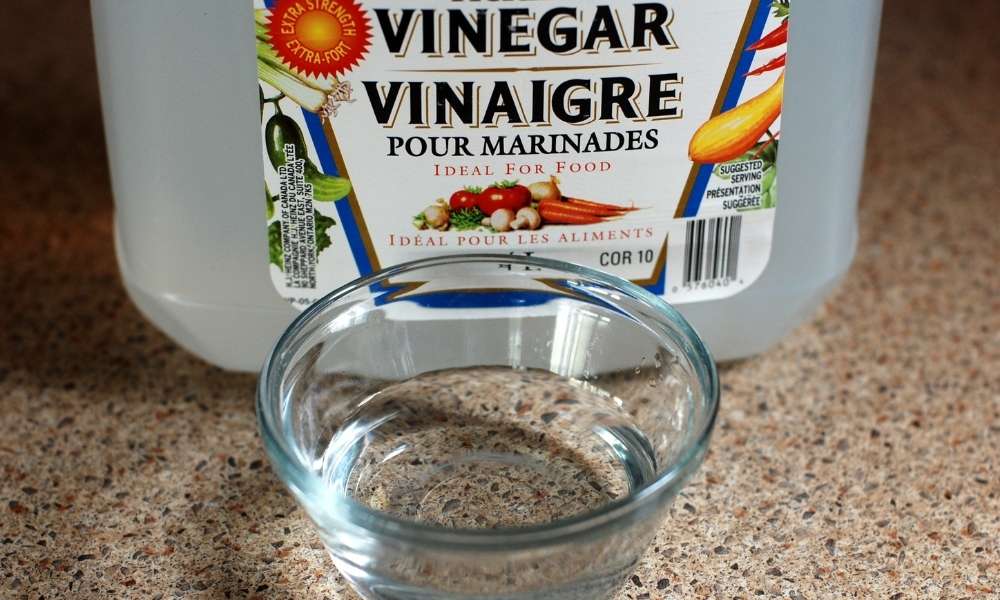
Vinegar is a great way to clean anodized cookware. All you need is vinegar, water, and a scrub brush. Soak the scrub brush in the vinegar and water mixture and scrub the surface of the cookware. Make sure to get into all the crevices and corners. Let the cookware soak in the vinegar solution for 20 minutes and then rinse it off with water.
4. Use Dish Soap
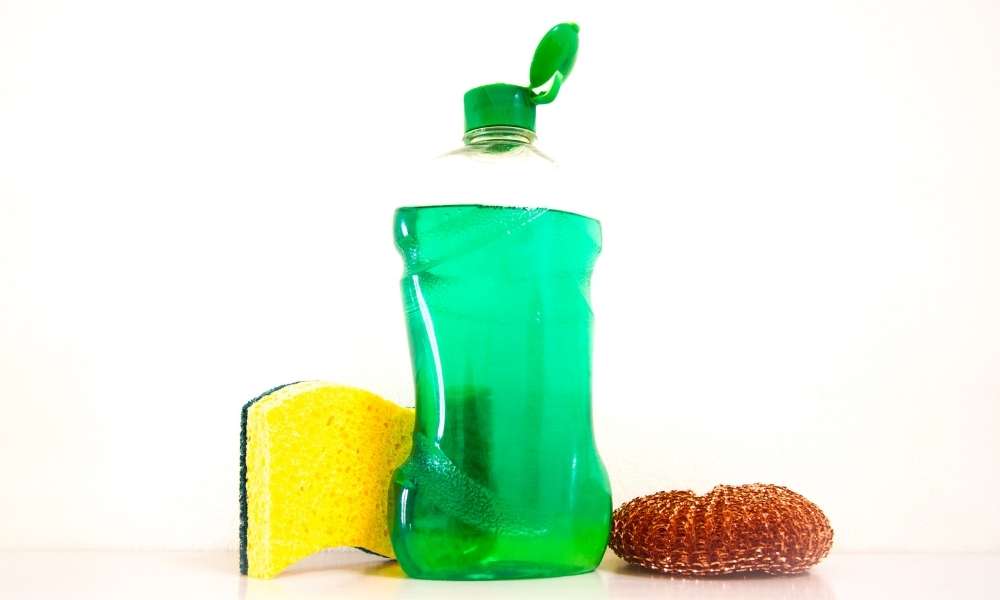
Dish soap is a common household cleaner, and it can be used to clean anodized cookware. Anodized cookware is a type of cookware that has been treated with a layer of aluminum that creates a non-stick surface. Dish soap can be used to clean the aluminum coating on the cookware, and it will also remove any food residue that may be on the cookware.
5. Use Hot Water And Lemon
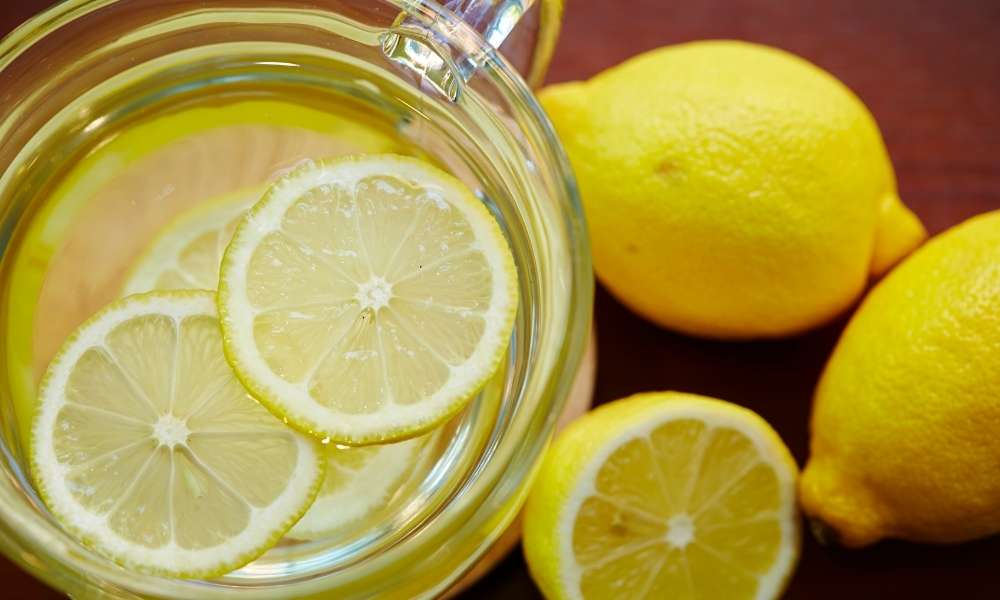
When it comes to cleaning anodized cookware, hot water and lemon work great together. First, wet your hands and work the lemon around the entire piece of cookware. Then pour a pot of boiling water onto the lemon-soaked dish and let it sit for about five minutes. Finally, use a scrubber to clean the surface of the cookware.
6. Use Detergent
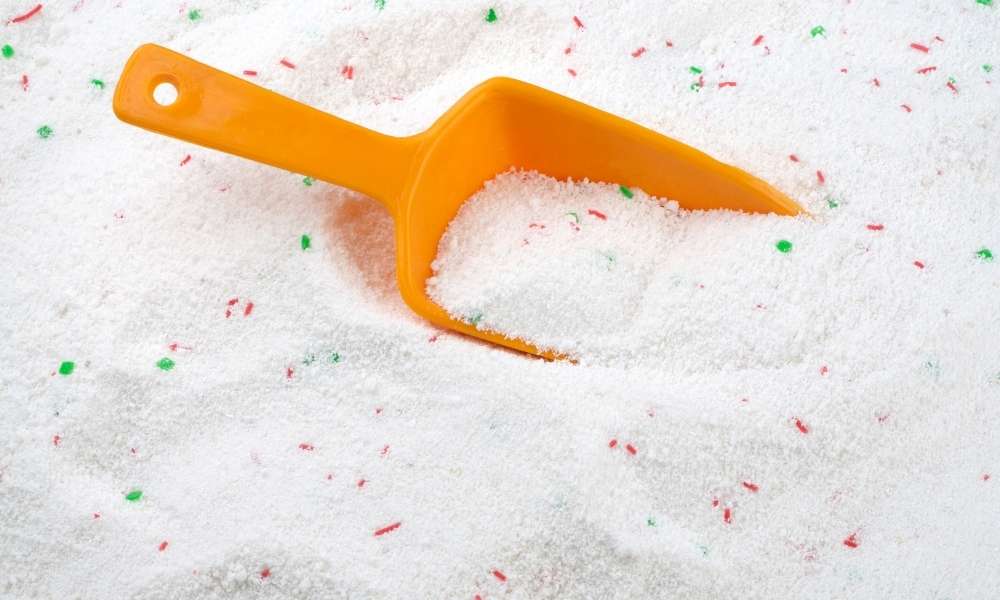
Detergent can be used to clean anodized cookware. The process is as follows: Wet the cookware with warm water then add detergent. Swirl the detergent around the entire surface of the cookware. Let the detergent sit for a few minutes, then rinse off with cold water.
7. Washing Cookware
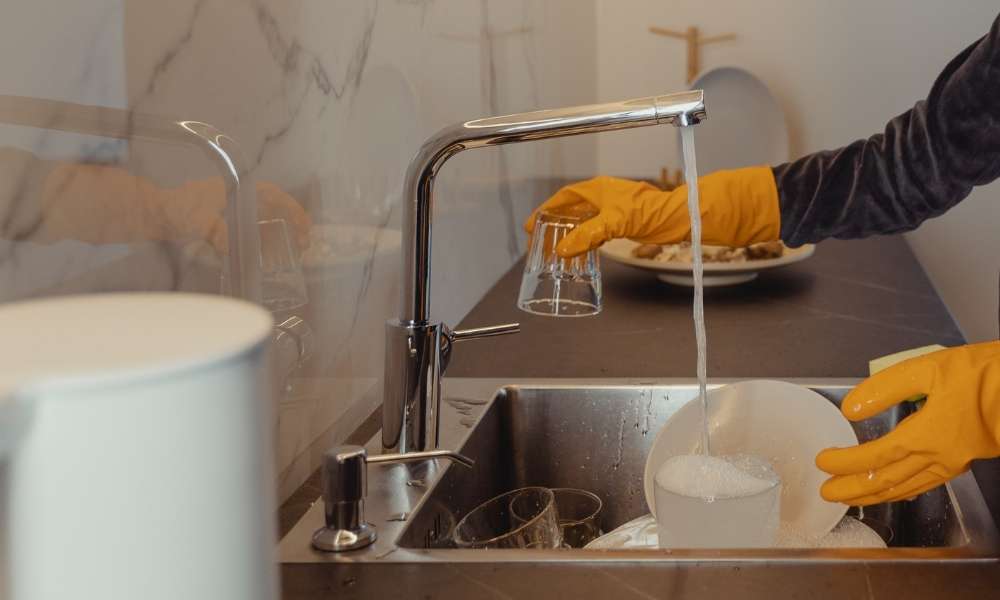
Anodized cookware is durable and easy to clean, but it can be delicate. The key to keeping an anodized pan clean is to properly care for it. First, make sure the cookware is completely dry before storing or using it. Second, use a gentle cleaning agent like Dawn dish soap when needed. And finally, heat the pan on medium-high heat before washing it with water and a mild detergent.
Don’ts When Cleaning Anodized Cookware
Anodized cookware is a popular type of cookware because it is lightweight and has a non-stick surface. However, care must be taken when cleaning an anodized cookware to avoid damage to the coating. Here are some dos and don’ts for cleaning an anodized cookware:
- Do not use harsh detergents or abrasive cleaners on anodized cookware. These chemicals can damage the coating and cause it to peel or chip.
- Do not use boiling water or steam on an anodized cookware. This will cause the coating to bubble and peel away in large pieces.
- Do not use metal utensils on anodized cookware. These can also cause damage to the coating, as well as the underlying metal.
Advantages of Using Anodized Cookware
There are many advantages to using anodized cookware. It is a very clean cookware option because there is no metal to tarnish or corrode over time. Anodized cookware also heats evenly and quickly, making it great for high-end cuisine. Finally, anodized cookware is durable and will not discolor or crack.
Tips For Keeping Anodized Cookware Clean
Anodized aluminum cookware is a popular material because it is non-toxic and easy to keep clean. However, like any other metal cookware, anodized aluminum cookware can become dirty over time. Here are some tips for keeping an anodized aluminum cookware clean:
1. Avoid using high heat when cooking food in an anodized aluminum pan. Use low or medium heat instead. This will help prevent the formation of grease and food on the surface of the pan.
2. Avoid using abrasive cleaners on anodized aluminum cookware. These cleaners can damage the surface of the pan and leave behind scratches that are difficult to remove. Instead, use a gentle cleaner that does not contain abrasives.
3. Wipe down your anodized aluminum cookware after every use with a damp cloth or sponge.
Conclusion
The conclusion of this study is that clean anodized cookware is not necessary in order to maintain its appearance. In fact, the use of soap and water was found to be just as effective at removing food residue and keeping the cookware looking clean. This finding supports the theory that anodized cookware is non-stick because of its oxide layer, not because it is constantly cleaned.

